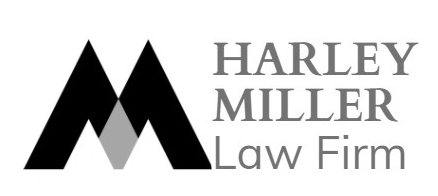When selecting a trademark(s) for your company, it is important to be aware of the signs that do not qualify for registration as trademarks. Trademark applications are often rejected on what are known as “absolute ground” in the following cases.
The common name. For example, if your company intends to register the trademark CHAIR (meaning chair) for selling chair items, the registration will be rejected because “chair” is the common name of the product.
Descriptive words. These are words that are often used in commerce to describe products. For example, Because of its descriptive nature, the mark SWEET (meaning sweet) may be rejected registration for chocolate. In reality, giving a chocolate maker exclusive marketing rights to the word “sweet” would be unfair. Also, words that imply quality or appreciate a product, such as “RAPID”, “BEST”, “CLASSIC”, or “INNOVATIVE”, can cause the same issues unless they are part of another different mark. In those cases, a “disclaimer” may be required to confirm that there is no intention to exclusively protect that part of the mark.
Descriptive trademark. Descriptive trademarks are used. These are trademarks that could mislead customers about the nature, quality, or geographic origin. For instance, promoting margarine under the trademark of a dairy cow, would probably be rejected since it would be considered misleading to customers who might mistake the mark for ordinary items (like butter).
Trademarks are believed to be against public order and morality. Words and pictures that are considered to violate moral and religious standards widely accepted in the country of registration are generally not allowed to be registered as trademarks.
Flags, emblems, official seals, symbols of national and international organizations that have been reported to WIPO’s International Bureau are not registerable.
Applications can also be rejected on “absolute grounds” if the mark violates the rights of another mark. Customers can be confused if they see two identical (or very similar) trademarks for comparable goods. Several trademark offices consider conflicts with existing protected marks (including famous unregistered marks) as part of the registration process, while others only do so after the mark has been published and objected to by a third party. If the trademark authority determines that your trademark is identical or confusingly similar to an existing trademark for identical or comparable products, the trademark will be rejected or cancelled. Thus, avoiding using trademarks that are confusingly similar to existing trademarks is an effective strategy.





